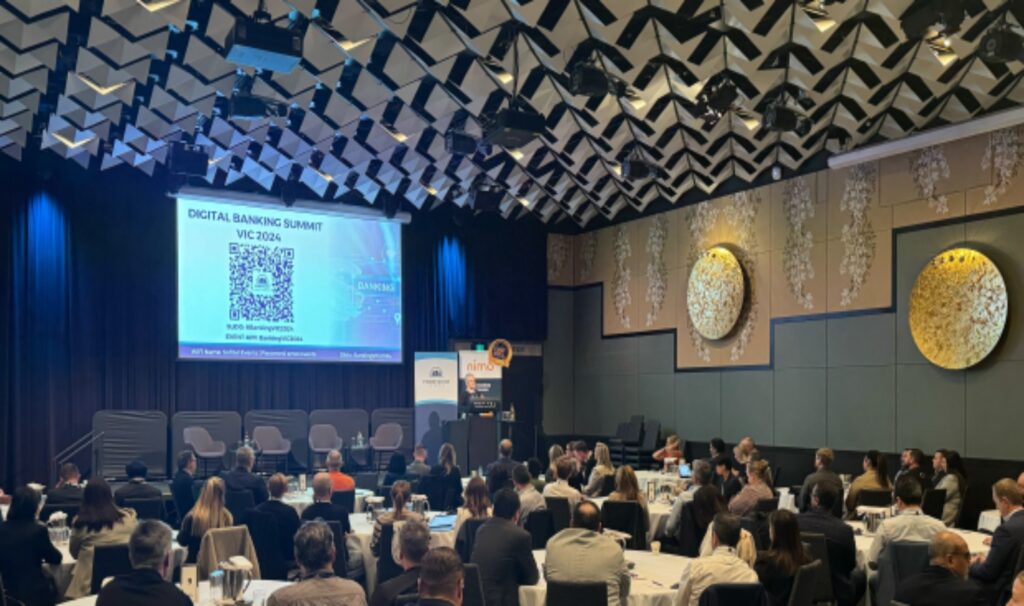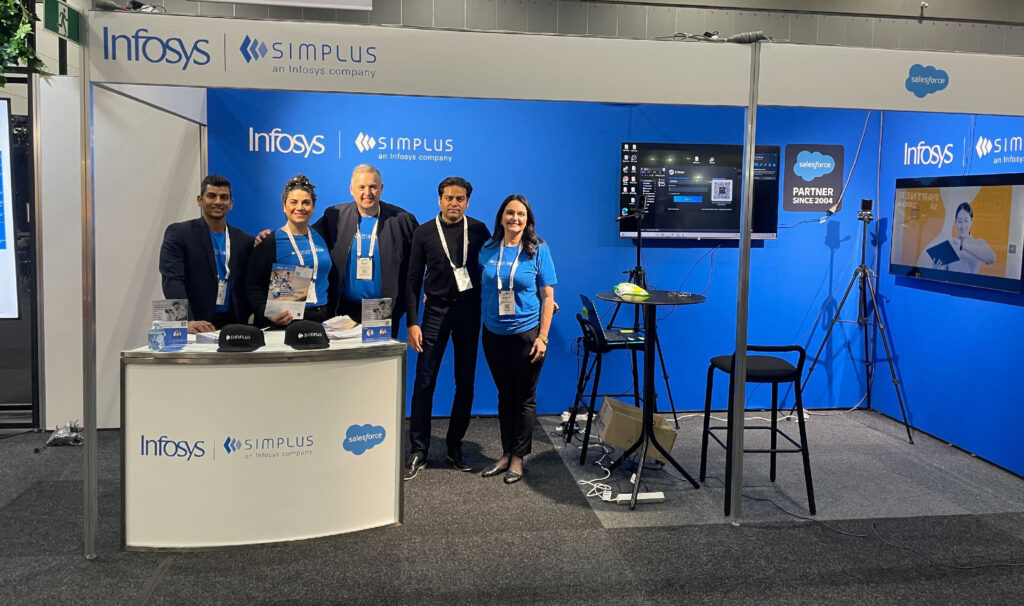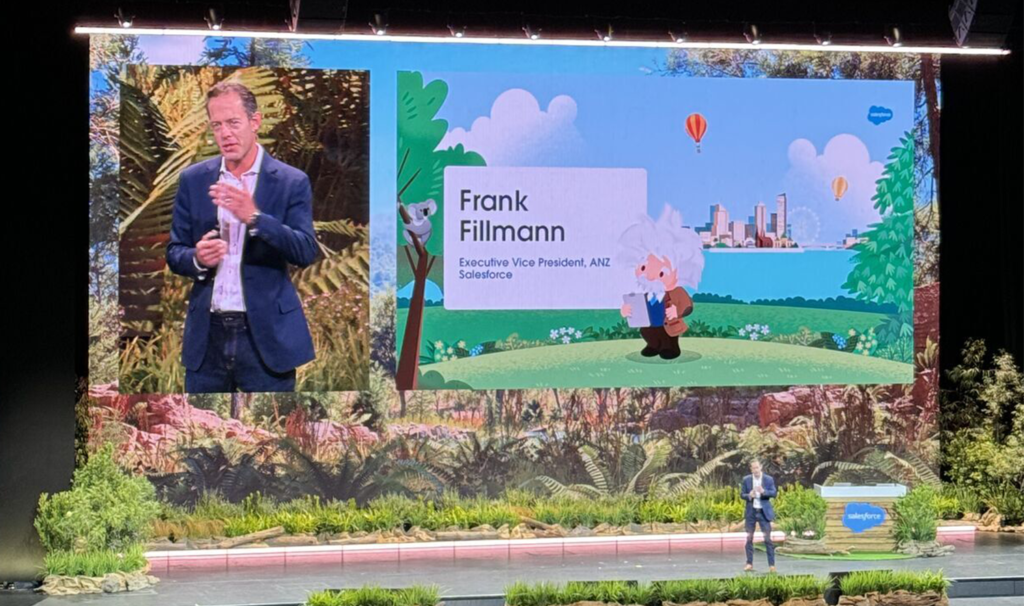She who quotes first wins
More than 80% of business goes to whoever quotes first. You can see that as a chilling statistic or a thrilling opportunity, but the fact is you need to focus on getting your quote into your customer’s hands first, otherwise you have a much lower chance of winning.
Using CPQ, we worked with a software company and reduced their time-to-quote by 100%. We have even taken companies from two weeks to five minutes for their quotes! That kind of time saving is obviously a huge advantage, both in terms of making the deal and for keeping your people engaged with what they do best.
As I’ve said before, the more you use Salesforce CPQ to automate these somewhat tedious but obviously business critical processes – renewals, amendments, invoices and quotes – the more you free up your team to bring in new customers.
We’ve done implementation projects for around 500 software companies to date. A specific example that comes to mind is Webdam. This innovative company is a powerful cloud-based platform for creative teams, enabling them to work at scale and around the globe. But even though they offer their own customers the ability to automate and streamline common tasks, until we implemented Salesforce CPQ, their sales team was still using Word to create each quote document manually. It was clunky and time-consuming.
Simplus created a solution that included customised quote documents, automated renewals, quote creation and data insight. “This was a fantastic implementation of the Salesforce CPQ system,” said Afshin Bahrami, Webdam’s Sales Operations Analyst. “Using CPQ was a huge process change for us and I expect our team to easily spend 50% less time in Salesforce because of the product Simplus has built. We look forward to continue working with Simplus and aim to make Salesforce our one source of truth and single point of entry.”
Set CPQ up to do your catalogue do the selling — automatically
Through this series, I’ve mostly highlighted automating the work around subscriptions for SaaS businesses and the like. But CPQ is of course a powerful tool for the manufacturing industry, too. In fact, it’s easy to see why its guided selling feature is applicable for all sorts of companies.
Guided selling helps navigate even the most complex product book. It eliminates
the error of selling the wrong thing and delivers you to selling precisely the right thing, the ideal starting point for upselling and cross-selling.
If you’re a rep who has to navigate a product book of 5,000 items, it’s pretty much impossible to learn what those 5,000 SKUs are. It’s even a challenge to be sure you are selling the right SKU for this particular customer or use case. And if you don’t have that competency, you’re not going to venture out into the other 4,999 SKUS and say, “This other product is a good pairing with the one we’re already discussing and here’s why.”
Salesforce CPQ has guided selling, which is a series of questions and filters that gets a rep to the right set of products in the catalogue. A typical CPQ project will capture all the SKUs in the catalogue and then we introduce product constraints.
In one scenario, it could be bundling certain products together so that you can’t miss the opportunity to sell things that should be sold together. Another important feature is constraints to eliminate the error of things that should not be sold together such as a software licence of one type with a warranty of another type.
And CPQ also has a cool ‘if you like this, you’ll love this’ mechanism, showing the rep other products that frequently go with a product, which the rep should be suggesting before they finish up. Perhaps it’s a reminder to offer a warranty with the licences, or to suggest consulting services or a top-tier maintenance package instead of a standard one. These all come up on the screen in front of your rep as they’re selecting the core products to make sure that they are reminded to sell additional things as well.
On top of all that, you want it to be simple for your teams to operate wherever the business opportunities are. As well as desktop, Salesforce is optimised for mobile and tablets. Sales teams in the field can pull out their tablet or phone and generate quotes, without ever having to print or scan. You can quote, route through email and get a sign-on-glass signature all while you’re right there with your customer. And remember: 80% of business goes to those who are first to quote!
Follow Simplus Australia to get the latest industry news, Salesforce updates, and topics that matter to you and your organisation.






